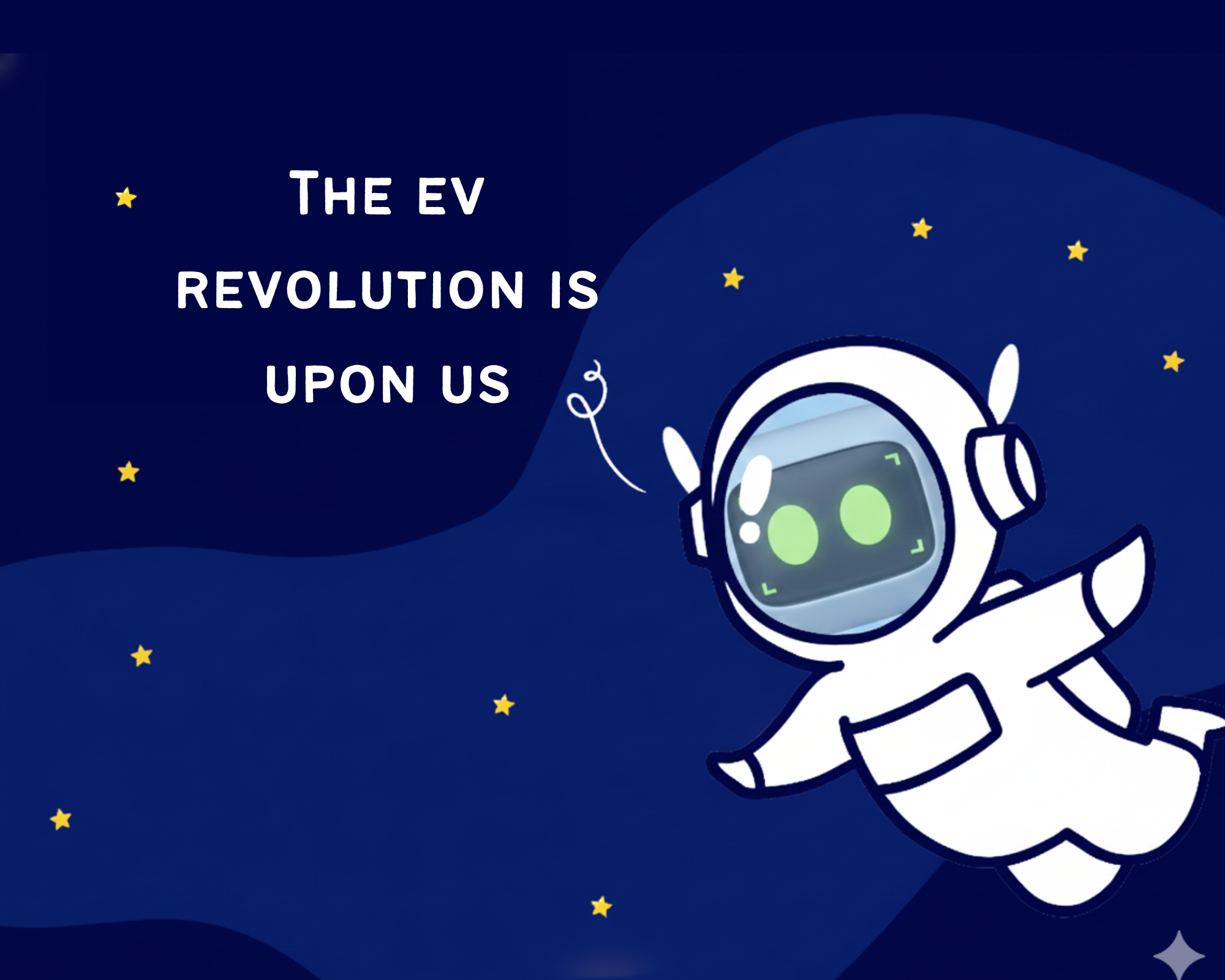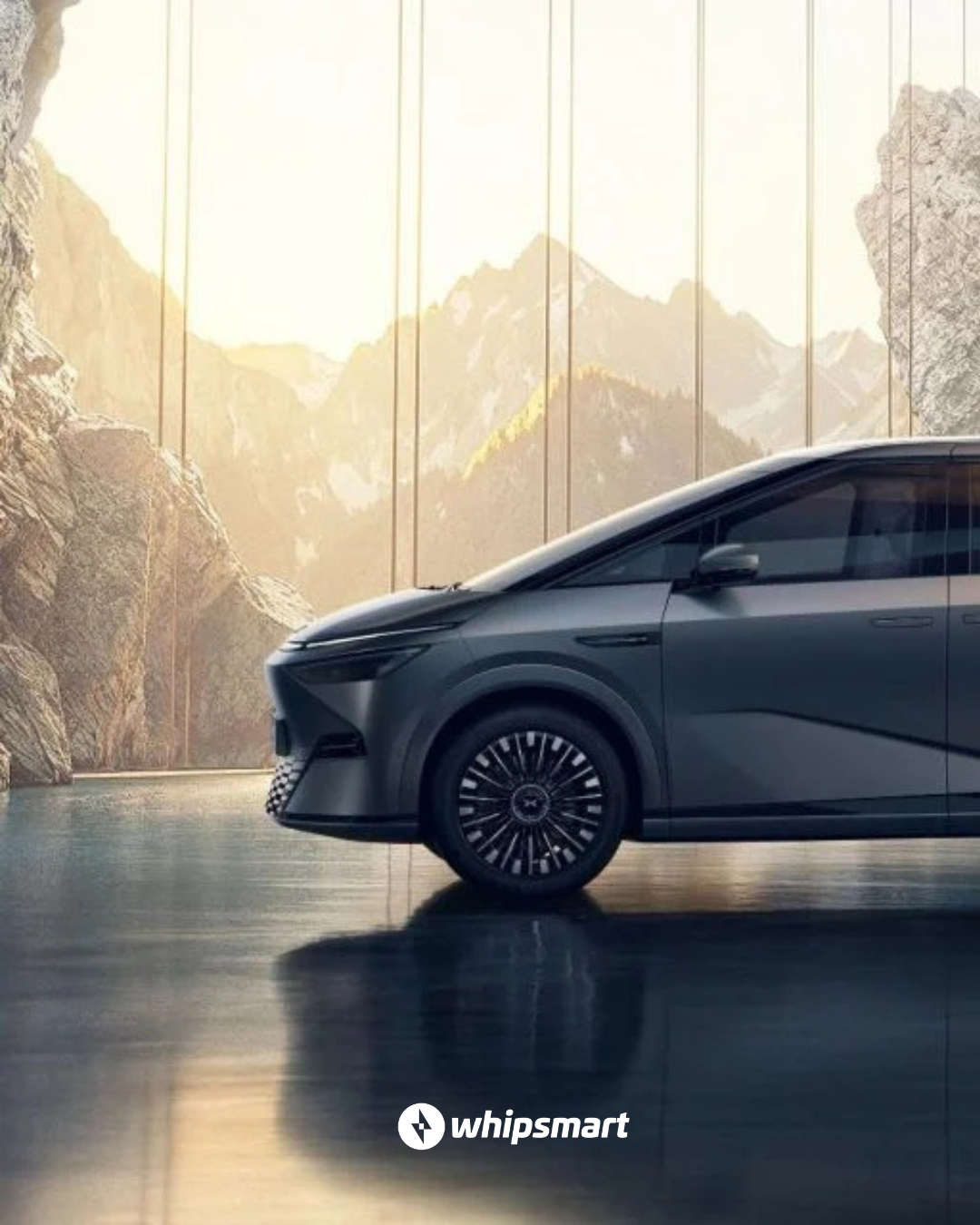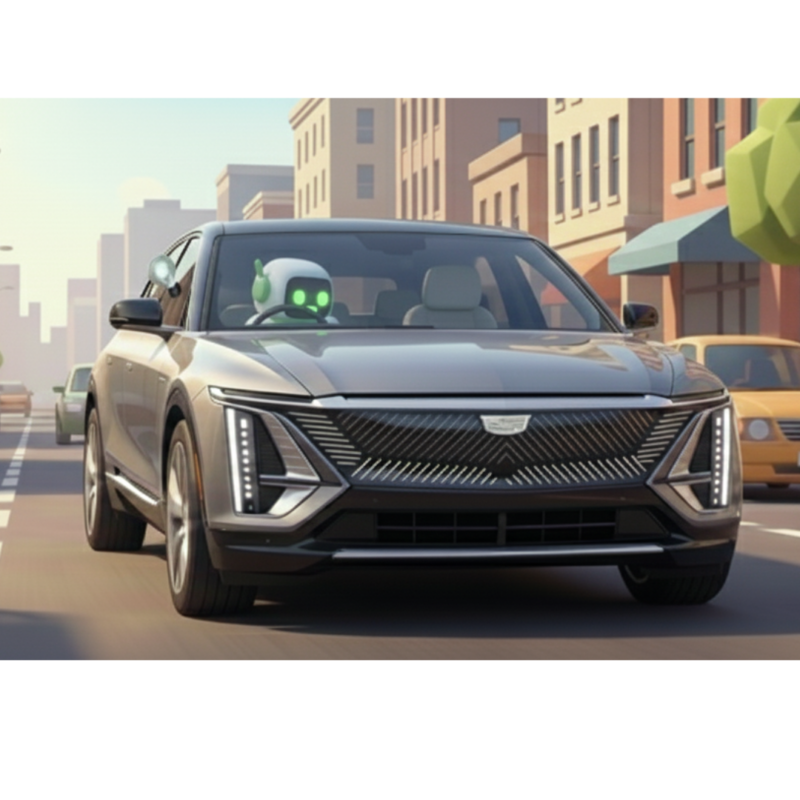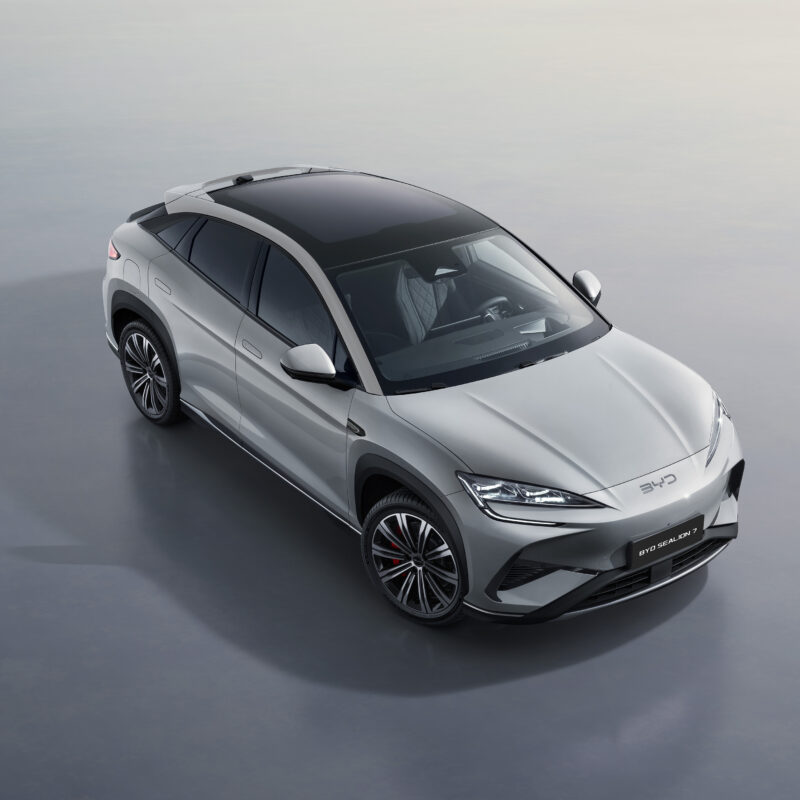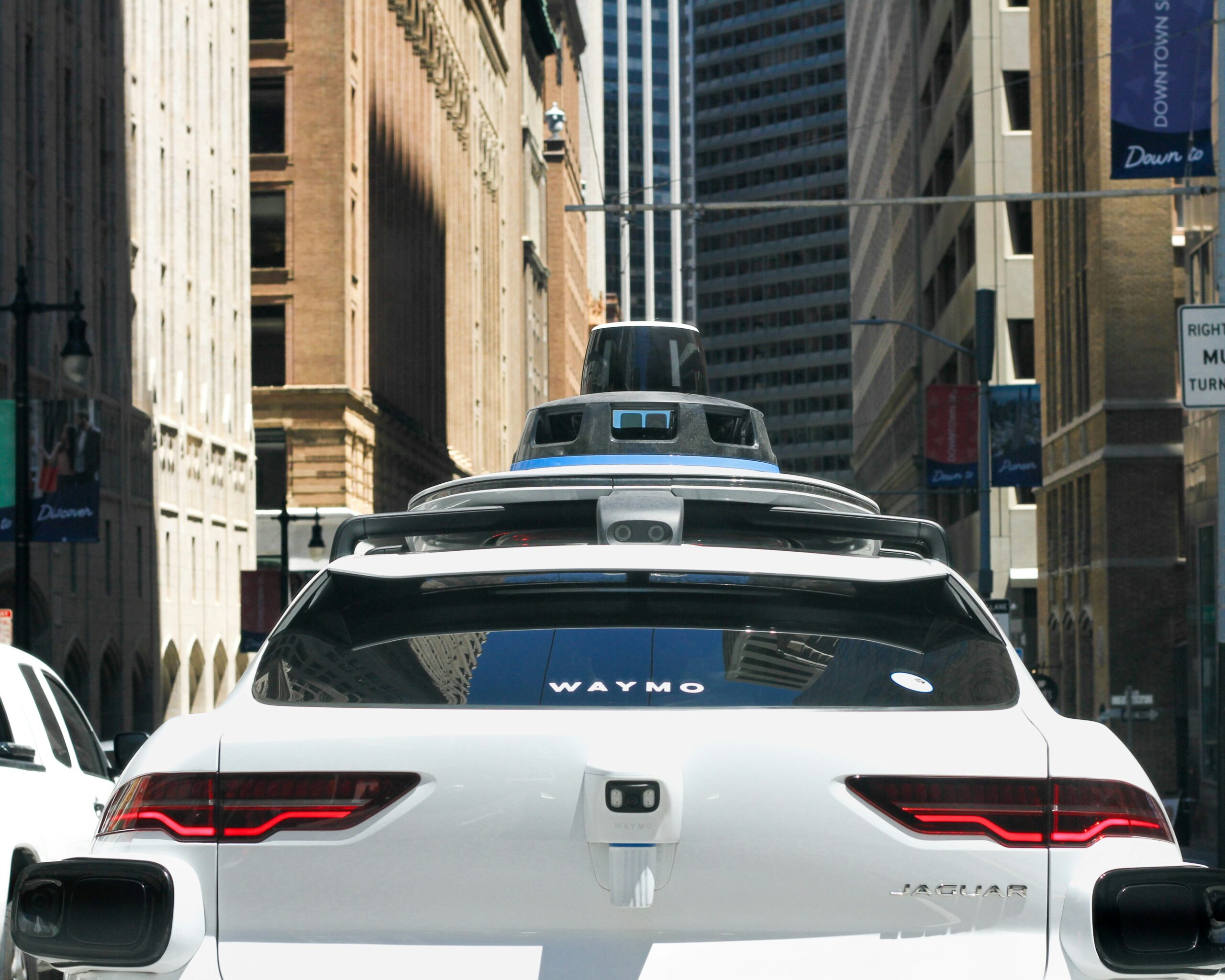
The year 2017 was marked by an intense focus on global politics, with much of the world’s attention fixed on events unfolding in the United States. Yet, beneath the clamor of headlines, a far more profound and long lasting historical marker had just been recorded: 86 million cars were sold worldwide.
This single figure represented the largest number of cars sold annually in, well, forever. It was, in effect, the pinnacle of the internal combustion engine era.

For now, the distinction is crucial. The peak of combustion vehicle sales is already firmly in the rearview mirror. However, car sales themselves have not yet reached their maximum total. Projections suggest that the overall number of vehicles sold annually globally will continue its upward trajectory for at least another decade, fueled primarily by the adoption of electric vehicles or EVs, and by rising vehicle ownership in developing nations.
But then we reach a pivotal moment, generally projected to occur around 2037, and something rather interesting happens.
After more than a century of consistent, nearly uninterrupted growth in global car sales, the market is expected to come to a very sudden, definitive peak. Following that point, the numbers will likely begin to drop precipitously, a decline that market watchers and transportation experts believe will be irreversible. This is the moment when the world finally achieves “Peak Car”. Once we pass this point, total annual vehicle sales will probably never climb back up again.
So There’s Less Need for Cars?
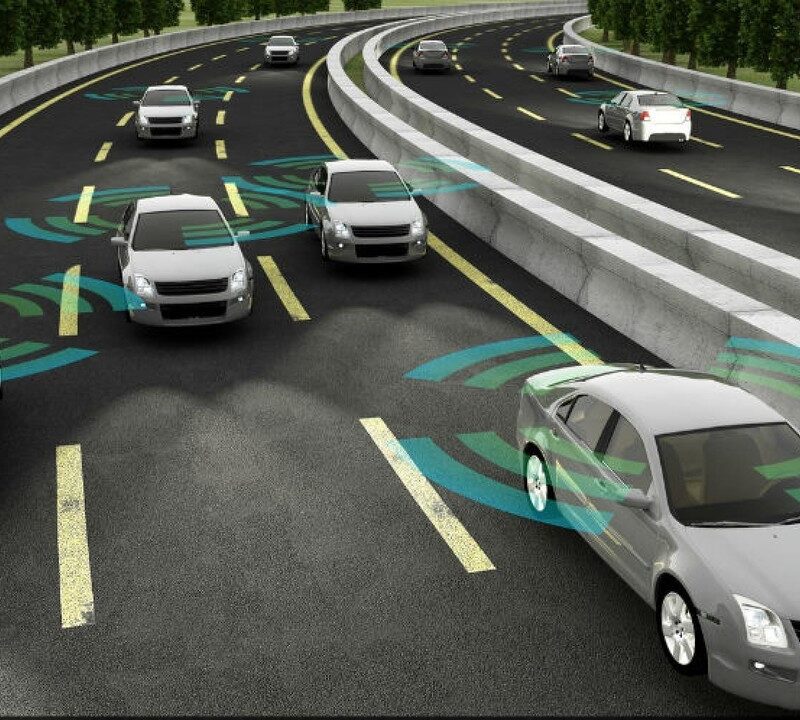
The answer to this question is simultaneously a resounding “yes” and a carefully qualified “no.” The dynamics driving the end of the growth cycle are complex, representing a collision of societal shifts, technological advancement, and economic realities.
On one hand, several well understood, long term demographic and planning trends are naturally reducing the need for private vehicle ownership. Urbanization is naturally a major factor; as city planning becomes more effective, concentrating jobs, services, and residences within walkable or transit accessible urban cores, the sheer utility of a personal car diminishes. Younger people and increasingly older populations in these dense environments find that the cost of running a car ceases to provide a worthwhile return on investment compared to public transport, ride sharing, or micro mobility options.
However, the major catalyst for the post 2037 decline is not merely a gradual shift in city living. There is a more significant, disruptive reason, one that certainly requires cars to exist in our universe, but changes who owns them and how they are used.
This reason is the arrival and widespread proliferation of Robotaxis.
The Robotaxi Revolution

The advent of the fully autonomous vehicle, the robotaxi, is perhaps the most profound technological shift in ground transport since Henry Ford first popularized the assembly line. It is not just an evolution of the car, but a complete transformation of the entire mobility ecosystem.
The current landscape of this revolution is dominated by a few powerful, well funded players: Tesla, Waymo, Nvidia, Cruise. These are just some examples of the companies, from established automotive giants to technology innovators, with more popping up every day, all racing to solve the complex engineering, regulatory, and ethical challenges of full self driving.
The projections for this industry are astonishing and underscore the scale of the impending disruption. According to analysis cited by sources like Bloomberg, there are strong indications that as many as 23 million robotaxis could be operational on global streets by 2040.
To put that figure into perspective, this means that in just two decades, the world could see a fleet of self driving vehicles equivalent to almost one quarter of the total number of cars sold in the record year of 2017. These robotaxis will fundamentally change the concept of ownership, driving the adoption of what is widely termed Mobility as a Service or MaaS.
In a MaaS paradigm, people no longer buy the physical vehicle, they simply subscribe to the journey. The vehicle becomes a commoditized asset, one of millions in an intelligent, optimized, and constantly running fleet. Since these vehicles can operate twenty four hours a day, seven days a week, their utilization rate compared to a personally owned car is exponentially higher. A single robotaxi could potentially replace ten or more privately owned vehicles, providing the same or better level of service at a fraction of the current total cost of ownership or TCO for the consumer. This is the mechanism that drives “Peak Car” and the subsequent decline in sales: we still need the cars, but we need vastly fewer of them to serve a larger population.
The path to 23 million robotaxis is, of course, paved with complex challenges. Autonomous driving technology, while advancing rapidly, is still maturing. Every necessary software update, even those instantly deployed over the air to enhance safety like those frequently issued by companies such as Waymo, highlights the constant state of regulatory and technological maturation. The hurdles involve not just perfecting the technology’s ability to handle complex weather conditions or erratic human drivers, but also establishing clear liability frameworks and ethical standards.

The transformation of the automotive world presents an interesting dilemma for the average consumer, but the answer today is clear: No, you most certainly should buy a car.
The reasoning behind this advice is twofold: cautious pragmatism and strategic foresight.
First, a note of caution: twenty year projections are not always accurate. While the underlying trends of urbanization and technological progress are solid, the precise timing of “Peak Car” depends on hundreds of variables. These statistics are based on models of global economic adjacency and regulatory coherence, something we know isn’t always correct. Owning a reliable car today remains a necessity for the vast majority of people outside of a handful of ultra dense metropolitan areas.
Second, and far more importantly, if the projections are accurate, then leasing a car is the perfect strategic move to make right now.
Think about it from a position of maximum flexibility and minimal risk. Leasing a car through a forward thinking company, like, let’s say WhipSmart, means you gain immediate access to the benefits of a modern vehicle, particularly an Electric Vehicle (EV).
EV technology, especially battery density and charging speed, is still improving rapidly year over year. A lease allows you to update your EV to the newest models every few years, ensuring you are never locked into outdated technology. When the lease concludes, you retain the option to either walk away, or pay the residual amount and own the EV outright. This strategic timing positions you perfectly for the post Peak Car economy.
The Asset of the Future

But you will own a car in a city where others need it, or rather, a car that the new mobility fleets need. This is the crucial leap in logic.
As the market begins to consolidate around the MaaS model, and as declining car sales lead to fewer new vehicles entering the market, a well maintained, modern EV will not become obsolete. Instead, it will become an increasingly valuable revenue generating asset. The shift from a combustion engine world to an electric, self driving world will be a phased transition.
With robotaxis initially focusing on the densest urban centers, a massive market gap remains in suburban and exurban areas that are inefficient for major MaaS fleets to service immediately. This is where your personally owned EV becomes invaluable.
Imagine listing your car on a fleet management or rideshare platform for the public to use. In a world of declining overall vehicle numbers but continuously high demand for mobility, your car will become more valuable than ever, transforming from a traditional depreciating liability into an asset capable of generating a secondary income.
This vision sounds amazing actually, and with the changes coming to the world, we at WhipSmart are pretty excited for the next steps in the auto industry. We believe that smart leasing is the intelligent path to navigate the future of mobility, turning market disruption into personal opportunity.
Contact us for more information on how a WhipSmart EV lease can position you for the post Peak Car world!



